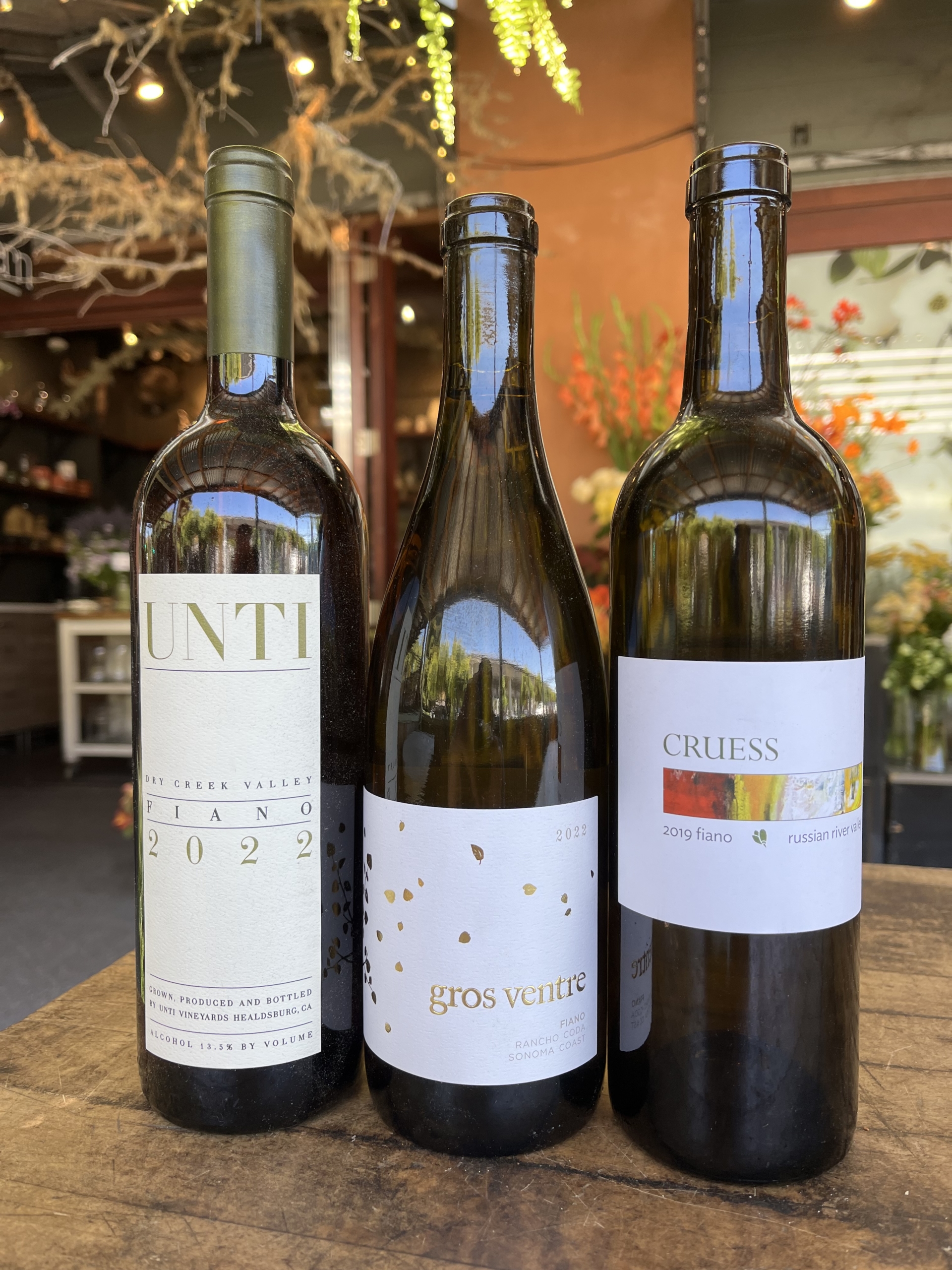If you’ve ever found yourself answering the question, “Well, what d’ya want?” with “Anything but chardonnay,” we’d like a word with you. First of all, come on: The West Coast is having a chardonnay renaissance. From Southern California’s Santa Rita Hills to Oregon’s Willamette Valley, there are a multitude of styles, with as many fresh and chiseled examples as there are oaked and rich. In California, growers keep pushing the vineyards into cooler, windier places that limit quick ripening, while the Oregon versions have their own unique characteristics. They’re worth revisiting. Really.

In southern Italy, the summers are just as warm as they are here, and there’s no issue getting grapes to ripen (as there often is at higher latitudes or elevations). The challenge is maintaining the natural acidity of the grapes in the resulting wine. Some grapes fare better than others in this respect. Chardonnay, for example, thrives in cool pockets, but it doesn’t hold its acidity if the days and nights are too warm. You can add acid during winemaking, but that’s a poor substitute for perfect fruit. (Imagine an overripe strawberry sprinkled with citric acid–it’s still overripe.)
Fiano, native to a warmer climate, holds its acidity well. As California winemakers come to terms with a warming climate (2023 being an exception so far), they’re naturally drawn to grapes with a history of making quality wine from warm locales. Because of fiano’s low yields, it’s not the grape that will make growers rich, but climate change helps tip the scale.
At Paul Marcus Wines, we of course feature a world-class selection of Fiano di Avellino (fiano from its Italian home turf), but we also offer a handful of fiano expressions from California’s Dry Creek and Russian River valleys. Unti was ahead of the trend in planting Italian varietals in California (or replanting, but that’s another story), and their success must have encouraged the others. Unti’s fiano (as well as their vermentino, for that matter) shows the brightness and intensity of carefully farmed grapes. Unfortunately, the grape’s reputation for low productivity is true even in California, and they make tiny quantities. Gros Ventre is making fiano from a younger vineyard a couple hillsides closer to the coast, which dials it back a notch and shows a classy refinement. Cruess is working a 1.5-acre vineyard and somehow producing affordable wine.
These California plantings of fiano aren’t on the volcanic soils that dominate Campania, so the wines lack that suggestion of burnt rock. In addition, these California examples of fiano haven’t been given the heavy winemaking hand that many chardonnays have; no one is using new oak barrels to flavor the wine. In truth, these producers are still trying to tease out what California fiano tastes like.
Naturally, it’s worth trying both types of fiano (Italian and Californian) to experience what’s gained and lost by the different soil types. For a survey of Campania’s finest, you can turn to sleeker examples by I Favati and Guido Marsella or richer styles like Ciro Picariello. We also have higher-end versions such as the Quintodecimo and the I Favati Riserva that are suitable for longer aging.
When pairing with food, fiano can handle dishes with a bit more acid than chardonnay is comfy with, so go ahead and squeeze that lemon or add a splash more vinegar. Any of the rotisserie chickens at Market Hall Foods or a variety of glazed fish dishes would also be excellent matches.
All together, we’ve got enough fiano in the house to keep you busy exploring for weeks. Come on by, and we’ll help get you started on your fiano journey.

Leave a Reply
Want to join the discussion?Feel free to contribute!